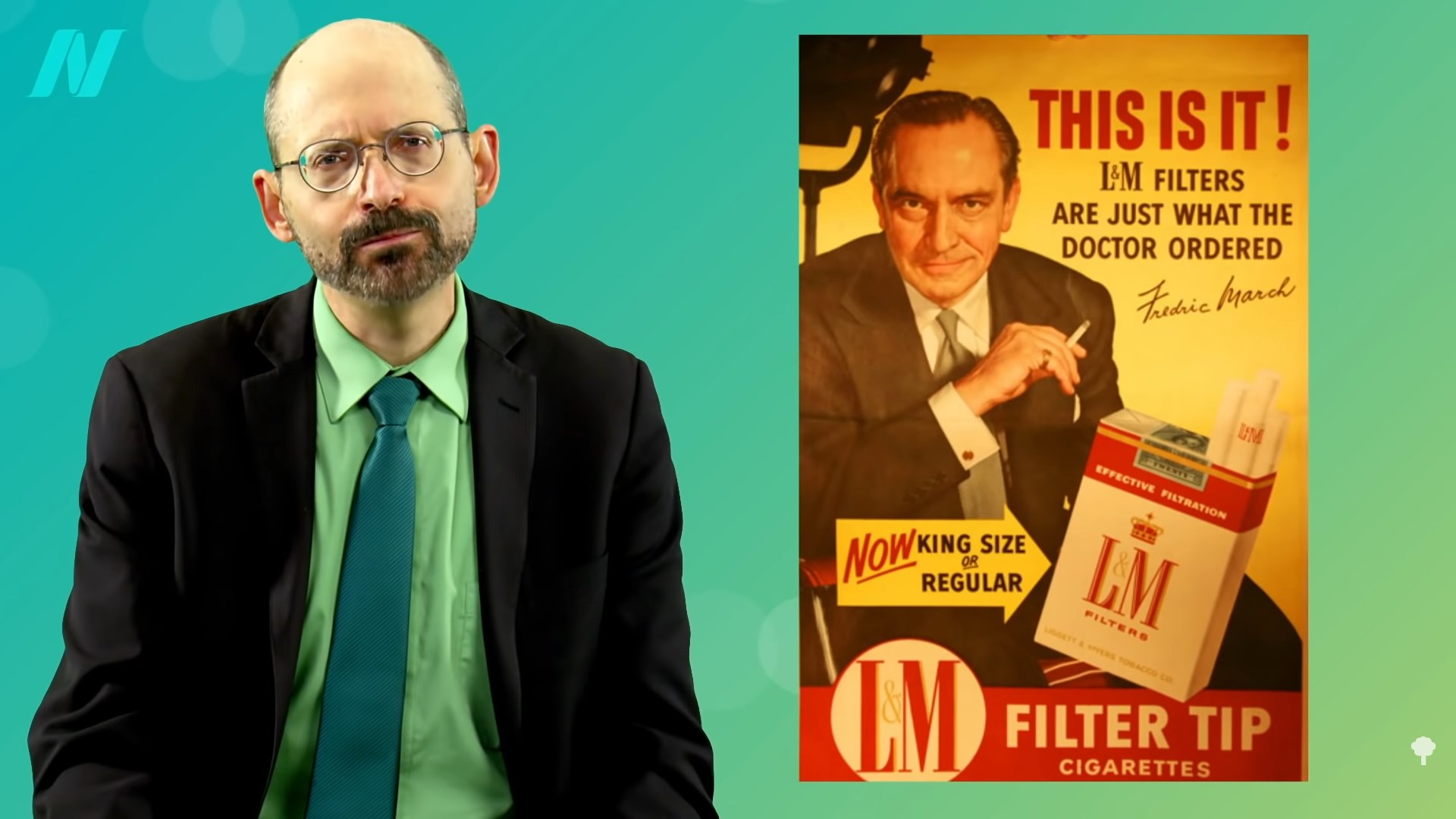Like the tobacco industry adding extra nicotine to cigarettes, the food industry employs taste engineers to accomplish a similar goal of maximizing the irresistibility of its products.
The plague of tobacco deaths wasn’t due just to the mass manufacturing and marketing of cheap cigarettes. Tobacco companies actively sought to make their products even more crave-able by spraying sheets of tobacco with nicotine and additives like ammonia to provide “a bigger nicotine ‘kick.’” Similarly, taste engineers are hired by the food industry to maximize product irresistibility.
Taste is the leading factor in food choice. “Sugar, fat, and salt have been called the three points of the compass” to produce “superstimulating” and “hyper palatability” to tempt people into impulsive buys and compulsive consumption. Foods are intentionally designed to hook into our evolutionary triggers and breach whatever biological barriers help “keep consumption within reasonable limits.”
Big Food is big business. The processed food industry alone brings in more than $2 trillion a year. That affords them the economic might to manipulate not only taste profiles, but public policy and scientific inquiry, too. The food, alcohol, and tobacco industries have all used similar unsavory tactics: blocking health regulations, co-opting professional organizations, creating front groups, and distorting the science. The common “corporate playbook” shouldn’t be surprising, given the common corporate threads. At one time, for example, tobacco giant Philip Morris owned both Kraft and Miller Brewing.
As you can see below and at 1:45 in my video The Role of Corporate Influence in the Obesity Epidemic, in a single year, the food industry spent more than $50 million to hire hundreds of lobbyists to influence legislation. Most of these lobbyists were “revolvers,” former federal employees in the revolving door between industry and its regulators, who could push corporate interests from the inside, only to be rewarded with cushy lobbying jobs after their “public service.” In the following year, the industry acquired a new weapon—a stick to go along with all those carrots. On January 21, 2010, the Supreme Court’s five-to-four Citizen’s United ruling permitted corporations to spend unlimited amounts of money on campaign ads to trash anyone who dared stand against them. No wonder our elected officials have so thoroughly shrunk from the fight, leaving us largely with a government of Big Food, by Big Food, and for Big Food.
Globally, a similar dynamic exists. Weak tea calls from the public health community for voluntary standards are met not only with vicious fights against meaningful change but also massive transnational trade and foreign investment deals that “cement the protection of their [food industry] profits” into the laws of the lands.
The corrupting commercial influence extends to medical associations. Reminiscent of the “just what the doctor ordered” cigarette ads of yesteryear, as you can see below and at 3:05 in my video, the American Academy of Family Physicians accepted millions from The Coca-Cola Company to “develop consumer education content on beverages and sweeteners.”

On the front line, fake grassroots “Astroturf” groups are used to mask the corporate message. RJ Reynolds created Get Government Off Our Back (memorably acronymed GGOOB), “a front group created by the tobacco industry to fight regulation,” for instance. Americans Against Food Taxes may as just as well be called “Food Industry Against Food Taxes.” The power of front group formation is enough to bind bitter corporate rivals; the Sugar Association and the Corn Refiners Association linked arms with the National Confectioners Association to partner with Americans for Food and Beverage Choice.
Using another tried-and-true tobacco tactic, research front groups can be used to subvert the scientific process by shaping or suppressing the science that deviates from the corporate agenda. Take the trans fat story. Food manufacturers have not only “long denied that trans fats were associated with disease,” but actively “worked to limit research on trans fats” and “discredit potentially damaging findings.”
At what cost? The global death toll from foods high in trans fat, saturated fat, salt, and sugar is at 14 million lost lives every year. The inability of countries around the world to turn the tide on obesity “is not a failure of individual will-power. This is a failure of political will to take on big business,” said the Director-General of the World Health Organization. “It is a failure of political will to take on the powerful food and soda industries.” She ended her keynote address before the National Academy of Medicine entitled “Obesity and Diabetes: The Slow-Motion Disaster” with these words: “The interests of the public must be prioritized over those of corporations.”
Are you mad yet? To sum up my answer to the question underlying my What Triggered the Obesity Epidemic? webinar, it’s the food. I close next with my wrap-up video: The Role of the Toxic Food Environment in the Obesity Epidemic.
This was part of an 11-part series. See the related posts below.
If the political angle interests you, check out:







